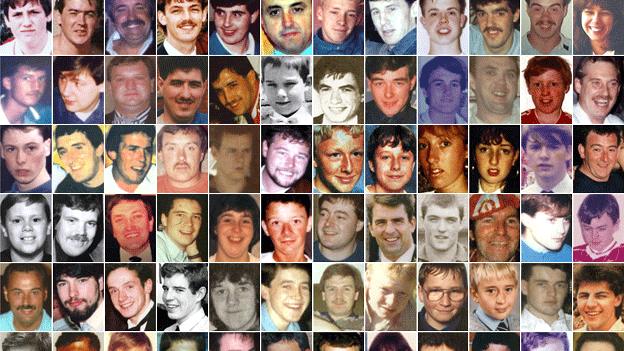Hillsborough Inquests: Father thought he would die and his son survive
- Published
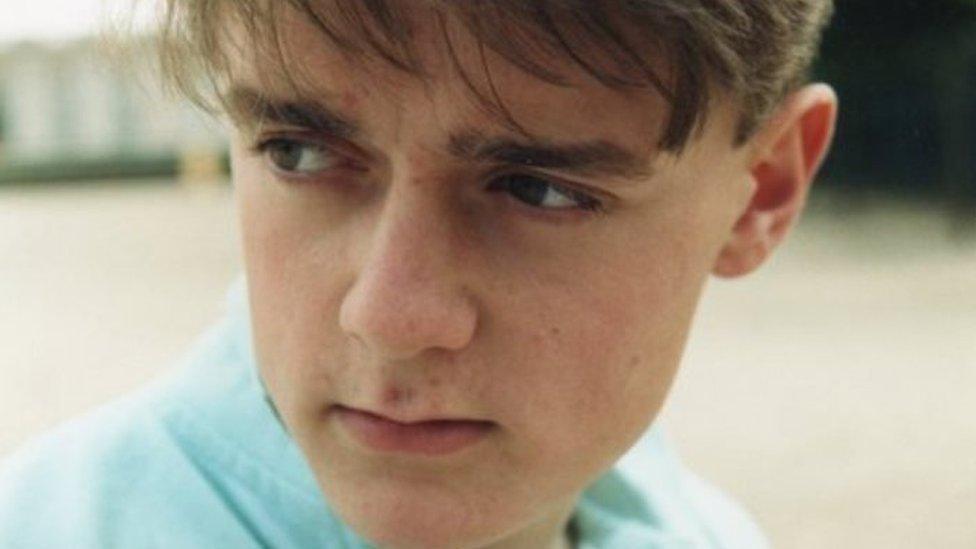
Kester Ball, a 16-year-old Liverpool fan from St Albans, Hertfordshire, travelled to the game with his father Roger
A father who was with his son as he was fatally crushed at Hillsborough said he wanted to tell him to stand on tiptoes but "couldn't breathe, let alone talk".
Roger Ball thought 16-year-old Kester would be "OK" and he would be the one to die, the new inquests heard.
Kester Ball was one of 96 football fans fatally injured in a terrace crush at the 1989 FA Cup semi-final.
Mr Ball Snr has since died but parts of his 1989 statement and evidence given to previous inquests were read out.
The jury heard he thought it was "eerie" in the crowd when the match kicked-off at 15:00 BST, with people "groaning" and "shouting for help".
He described how a police officer walked past and appeared to be "ignoring" the crowd's cries.
'Groaning and screaming'
The jury saw pictures of the father and son towards the front of pen three on the Leppings Lane terraces.
A crowd "surge" had pushed them down inside the enclosure, Mr Ball said.
He said the pressure became "intolerable" and that he had difficulty breathing.
"I saw Kester on my left and felt that as he was taller than those around him, he would be OK. He looked a little pale, but I thought I was in more trouble.
"This was the last time I saw Kester alive," he wrote.
"People were groaning and screaming, but most were quiet. I was convinced that some of the people in front of me were dying.
"I became semi-conscious, but forced myself back to consciousness."
Mr Ball was called to give evidence at the original inquests in the 1990s, held in Sheffield.
He told the coroner there: "There were quite a few things that happened in those two or three minutes where I just couldn't breathe.
"I wanted to say to Kester 'stand on your tiptoes', which is what I was trying to do, but couldn't. I couldn't breathe, let alone talk.
"It was most eerie because I knew the match had started because of the noise of the crowd.
"You could tell from the roar of the crowd, but in our area it was silent except for people groaning and people shouting for help."

The jury also heard about the final movements of Peter Thompson, 30, and 29-year-old Martin Wild
Mr Ball also said he remembered seeing a police officer walking in front of him "in a very slow manner, almost a caricature of a policeman... with his arms behind his back".
"People were shouting at him to open the gate or to do something and he was just ignoring those cries," Mr Ball added. "He did not appear to hear."
He said he came round on a path near exit Gate C, just outside the stadium.
He said he was having difficulty breathing and was "unable to move".
His glasses had been knocked off and he "couldn't see properly", he added.
The court heard that while he was able to find two of Kester's friends he could not locate his son.
Kester was seen in video footage being carried out of pen three at 15:17 - about 11 minutes after the match between Liverpool and Nottingham Forest was halted.
He was taken into a concourse near the turnstiles.
John Lawrence, who was a constable on duty at the match on 15 April 1989, said he helped try to resuscitate Kester for "two or three minutes" without success.
At 22:45 Mr Ball went to the stadium's gymnasium, looked through photographs of those who had died, and saw Kester was among them.
The jury also heard about the final movements of Peter Thompson, 30, and 29-year-old Martin Wild.
Both were also carried into the concourse area at the back of the West Stand, where efforts were made to revive them, the jury heard.
The inquests, in Warrington, Cheshire, are due to resume next week.

Who were the 96 victims?
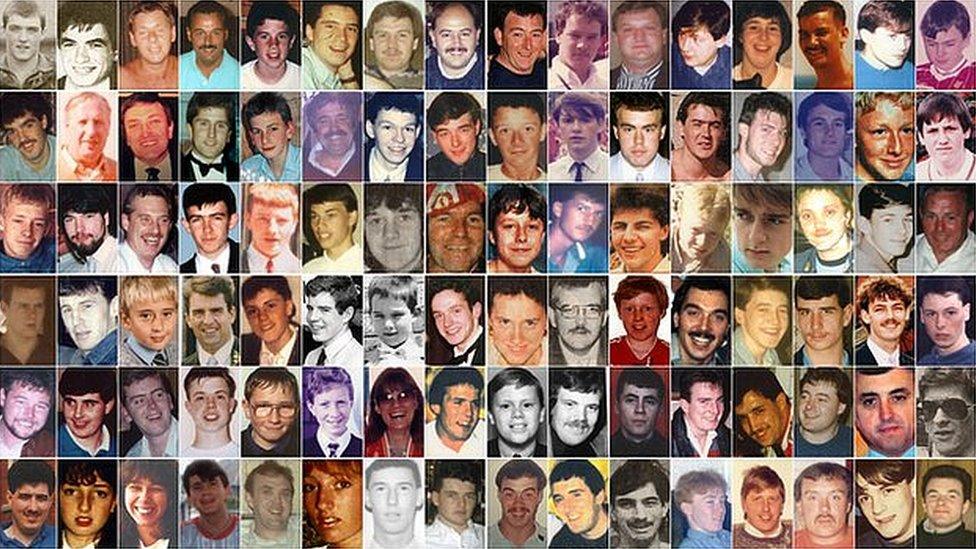
BBC News: Profiles of all those who died

- Published6 October 2015
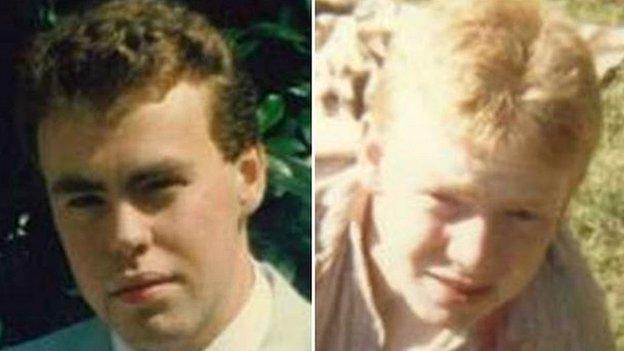
- Published5 October 2015

- Published2 October 2015
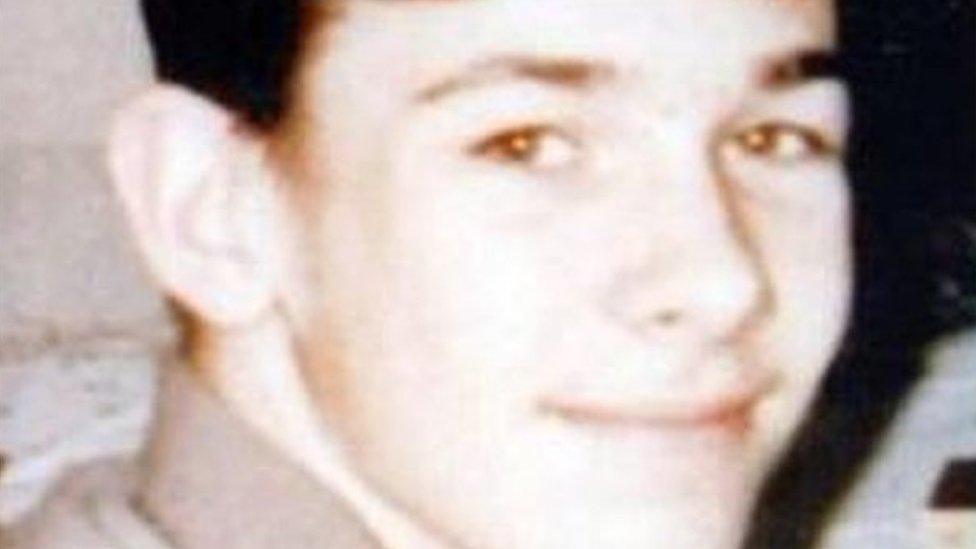
- Published1 October 2015
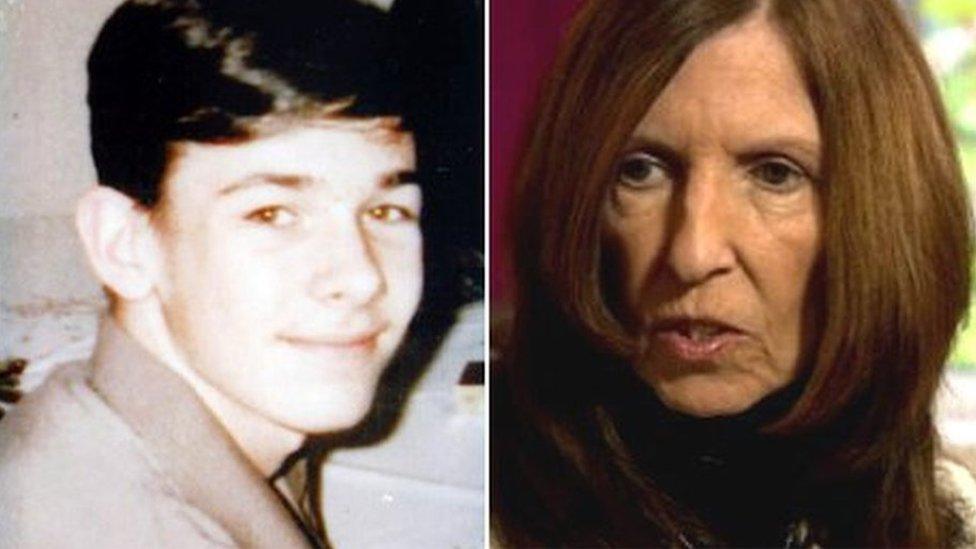
- Published1 October 2015
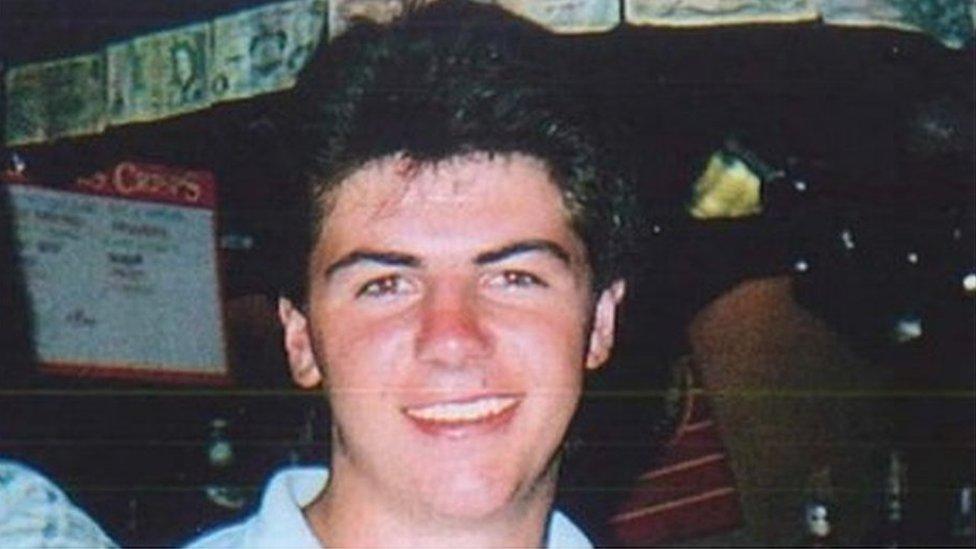
- Published1 October 2015
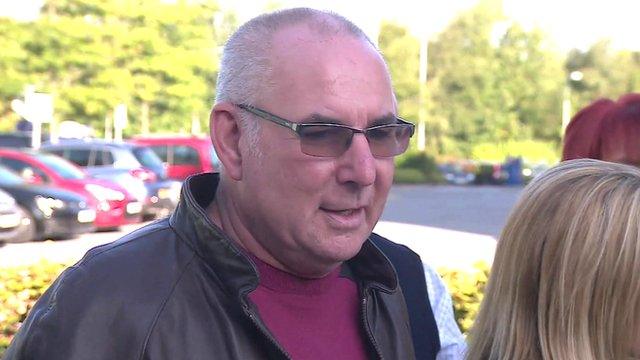
- Published30 September 2015
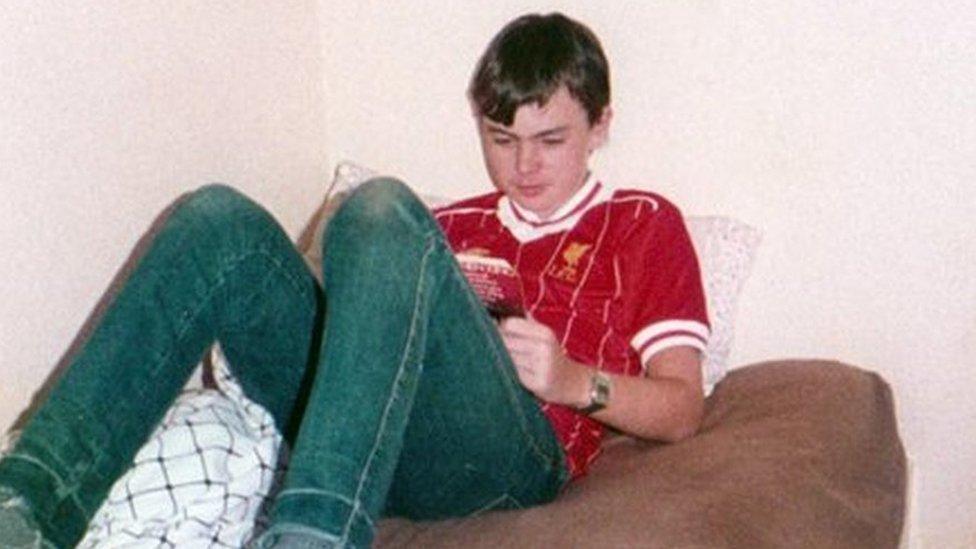
- Published9 September 2015
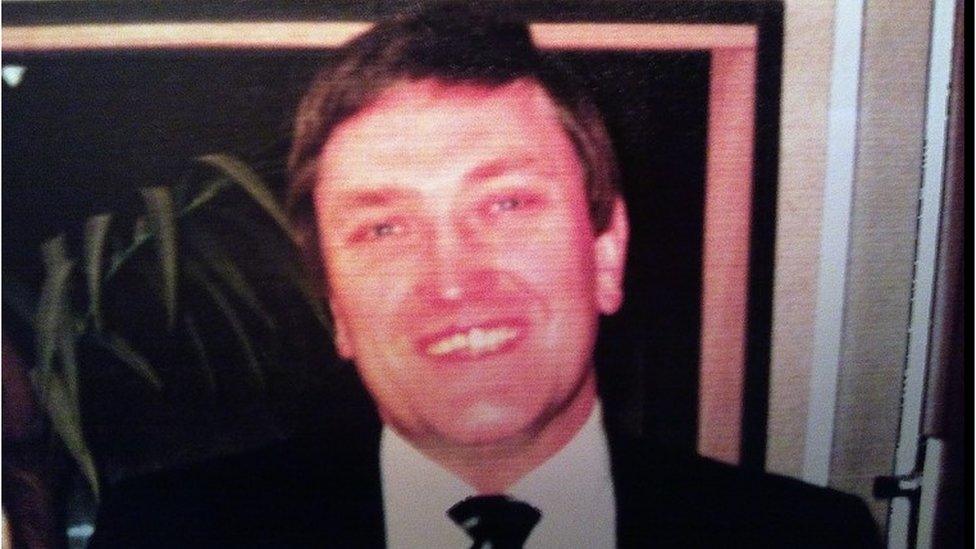
- Published7 September 2015
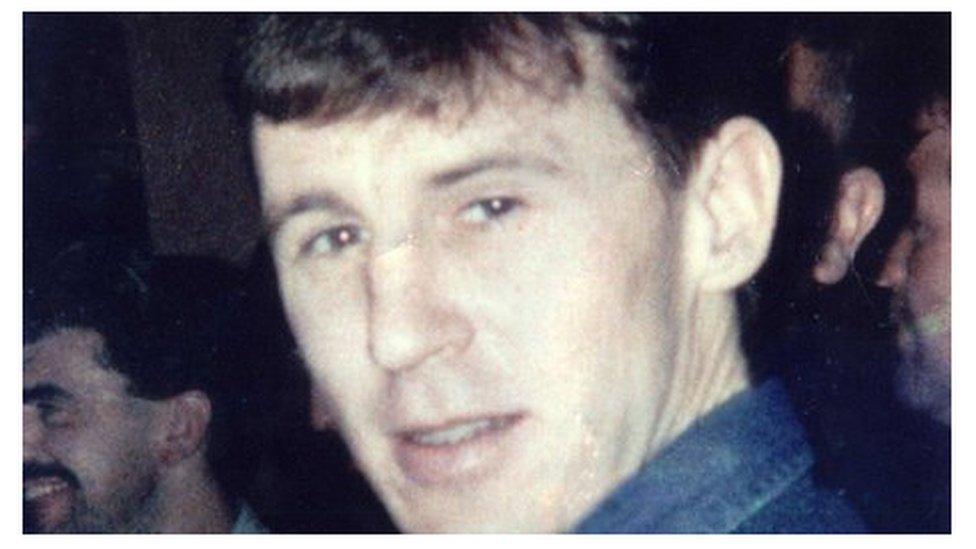
- Published26 April 2016
